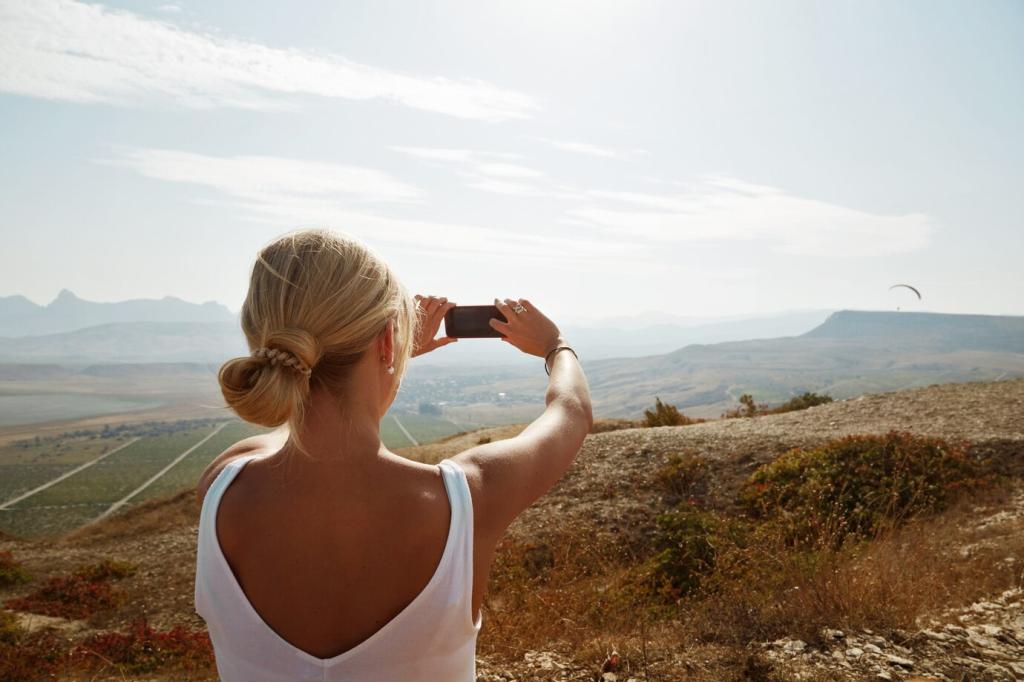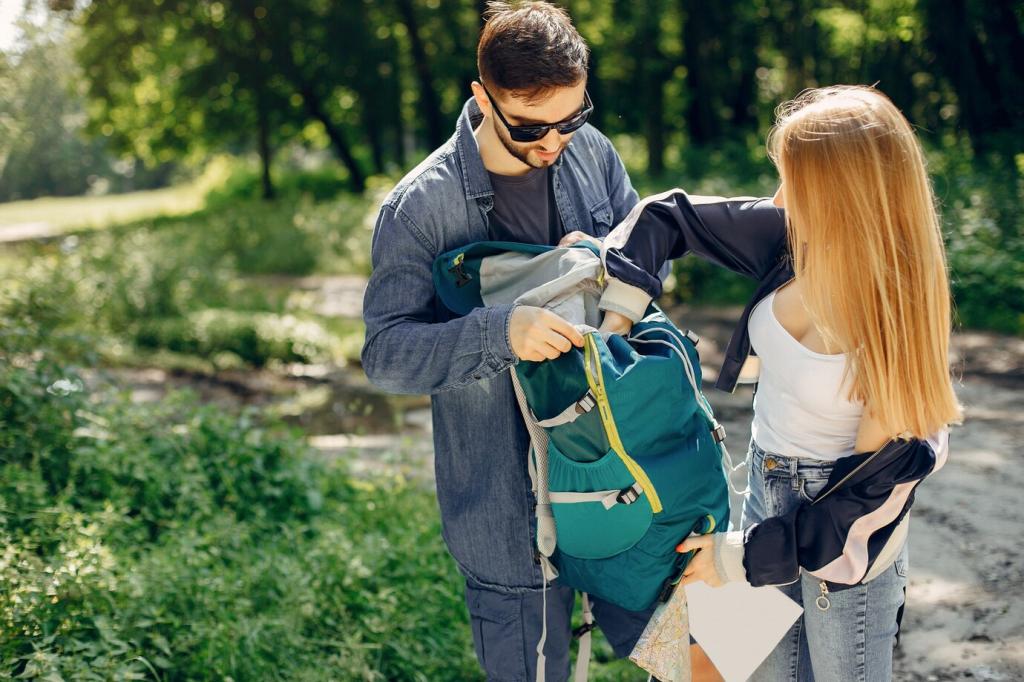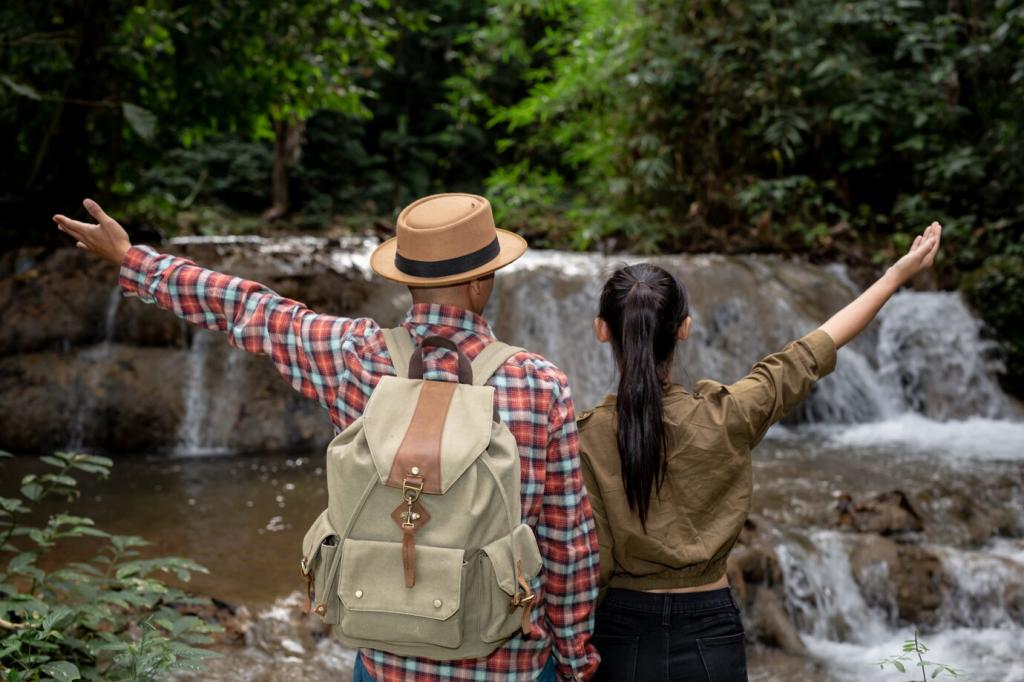
Biodiversity and Conservation in Mountain Areas
Today’s chosen theme: Biodiversity and Conservation in Mountain Areas. Step into the thin air where life persists against the odds, from mosses clinging to granite to eagles tracing thermals. Explore how we can protect these vertical worlds together—share your ideas, subscribe for field updates, and help keep peaks wild.

This is the heading
Lorem ipsum dolor sit amet, consectetur adipiscing elit. Ut elit tellus, luctus nec ullamcorper mattis, pulvinar dapibus leo.

This is the heading
Lorem ipsum dolor sit amet, consectetur adipiscing elit. Ut elit tellus, luctus nec ullamcorper mattis, pulvinar dapibus leo.
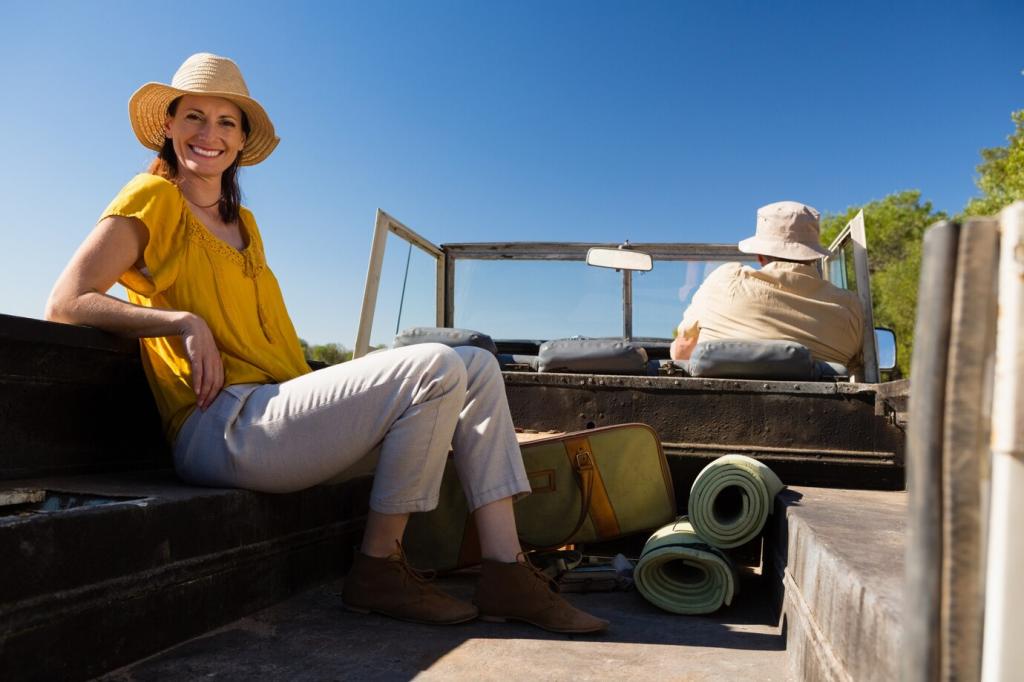
Threats Shaping High-Altitude Life
As isotherms creep uphill, plants and animals migrate until the summit leaves nowhere else to go. Snow-dependent species lose seasonal cues, and glaciers recede, altering downstream flows. Share observations of shifting flowering times or new species appearing above their historic ranges.
Threats Shaping High-Altitude Life
Switchbacks, ski resorts, and hydropower corridors can slice habitats into isolated fragments. Wildlife movement stalls at guardrails and traffic, increasing mortality and genetic bottlenecks. Tell us where you have seen wildlife crossings work, and where connectivity still desperately needs attention.
Conservation Strategies That Work in Mountain Areas
Protected Areas and Corridors Across Elevation
Conserving a full slope—from valley wetlands to alpine ridgelines—ensures seasonal migrations and climate shifts remain possible. Wildlife corridors bridge gaps between peaks and parks. Suggest a corridor you think needs mapping, and we will feature promising proposals in a future field note.
Community-Led Management and Sacred Sites
Pastoralists, guides, and Indigenous communities often steward sacred groves, high meadows, and glacier-fed springs. Recognizing customary rights and traditional practices strengthens biodiversity outcomes. Share a local story of guardianship that protects mountain habitats while supporting livelihoods.
Science, Monitoring, and Adaptive Plans
Camera traps, acoustic sensors, and snowpack loggers provide continuous evidence to refine management. Adaptive plans change course when data calls for it, keeping pace with shifting baselines. Subscribe to receive our open protocols and post your questions about setting up a mountain transect.
People, Culture, and Coexistence at Altitude
Traditional Knowledge, Modern Conservation
Herders read sky color and snow crust the way researchers read graphs, predicting forage and migration. Pairing ancestral calendars with satellite data strengthens decisions. Share a proverb or seasonal rule from your community that helps protect mountain ecosystems in practical, everyday ways.

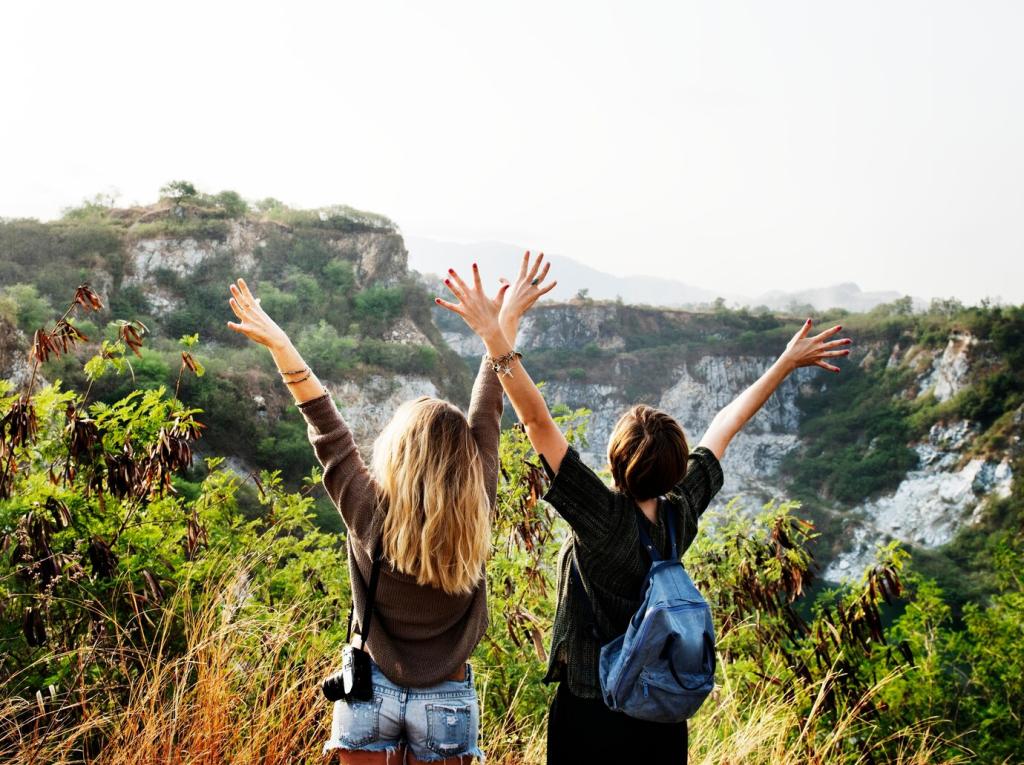
Sustainable Livelihoods and Biodiversity
Eco-guiding, highland agroforestry, and sustainably harvested medicinal plants can keep biodiversity intact while incomes grow. Certification and local cooperatives reward stewardship. Comment with a livelihood idea that preserves mountain habitats and we will connect you with readers testing similar models.
Field Notes and Stories From Mountain Areas
Pika Sentinels of the Himalaya
On a talus slope, pikas stashed grasses like tiny librarians filing summer away for winter. Their presence hinted at snowpack stability and thermal refuges. Have you heard their whistles on a hike? Share the date and altitude to help map sensitive colonies in mountain areas.
Andean Condor on the Updraft
At a cliff rim, a condor rose with a single wing tilt, riding a column of warm air past our astonished faces. That effortless lift depends on intact carcass cycles and open ridgelines. Tell us where you have seen condors and what threats they face nearby.
Volunteers Weaving Back an Alpine Meadow
Kneeling with soil under our nails, we replanted cushion plants and anchored coir logs to slow runoff. By autumn, gentians returned, and butterflies followed. Would you join a restoration weekend in your region? Leave a note, and we will coordinate a trail-friendly gathering.
Citizen Science and Responsible Trekking
Use open apps to log plants, birds, and tracks with accurate locations and elevation. Your notes reveal shifting ranges and phenology. Post your best mountain observation this month, and we will feature standout entries that help fill conservation data gaps.
Citizen Science and Responsible Trekking
Fragile alpine soils recover painfully slowly. Stay on rock or snow, pack out waste, and avoid shortcutting switchbacks. If you lead hikes, challenge your group to identify three low-impact choices during the outing and report back here with before-and-after reflections.


